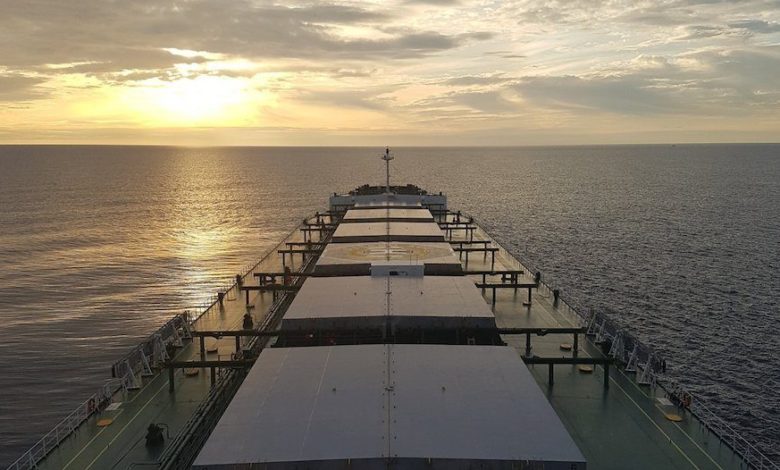Less than 25% of bulkers and tankers will attain EEXI compliance

London-headquartered broker Simpson Spence Young (SSY) has crunched the numbers on what the impending new twin legislation of the Energy Efficiency Existing Ship Index (EEXI) and the operational Carbon Intensity Indicator (CII) will mean for the world’s bunker and tanker fleets.
The two environmental measures, agreed upon by International Maritime Organization (IMO) member states this June, are set to come into law in 2023.
SSY has warned that less than 25% of bulkers and tankers will attain EEXI compliance leaving most of the global merchant fleet facing either engine power limitation (EPL) options or another form of CO2 abatement.
Enforced slower steaming speeds will lead to a 1- 2% fall in annual tanker and bulker fleet capacity
“All these vessels will need to be assessed by class societies, creating a substantial logistical challenge,” SSY pointed out in a recently published markets report.
The practical operational effect of the EPL will be more limited, SSY suggested, as operational speeds are frequently under 50% of an engine’s maximum continuous rating (MCR).
SSY analysis estimates that slower steaming speeds resulting from EPLs will lead to a 1-2% fall in annual tanker and bulker fleet capacity.
“While this may seem limited, it is worth considering that this decline is centred on periods when faster speeds are needed – to meet a laycan, tidal change or to eligible for time charter,” SSY analysts observed.
On the incoming CII legislation, SSY has used marine benchmark emissions estimates, back calculating CII annual efficiency ratios (AERs) for each tanker and bulker.
Taking 2019 actual operations to avoid the influence of Covid-19 and applying the 5% 2023 baseline reduction, indicates 74% of bulkers and 77% of the tanker fleet would achieve A to C rankings, while 11% and 10%, respectively, would achieve an E ranking, with SSY positing that major charterers might create a twin-track environment where they only seek out ships with A to C ratings leaving vessels with poorer green performances to seek business elsewhere.
Other brokers have been working out environmental compliance levels this year. Clarksons, for instance, suggested in March that seven out of 10 bulk carriers are ‘non-eco’ in terms of EEXI. A report from February by another UK broker, Galbraiths, had similar numbers for the percentage of non-eco bulk carriers in operation today ahead of the crunch EEXI regulations coming into place.
Large percentages of both the dry bulk and tanker fleets will require technical adjustments to reach the required EEXI threshold, Galbraiths pointed out.
“It is therefore likely that vessel supply will be squeezed by vessels’ average speed reducing with vessels fitting Engine Power Limit devices, an increase in dry docking and, for older tonnage, an increased incentive to scrap and for owners to look at fleet renewal,” Galbraiths suggested.
